The Basic Principles of Feng Shui and How Your Can You Them In Your Home Design
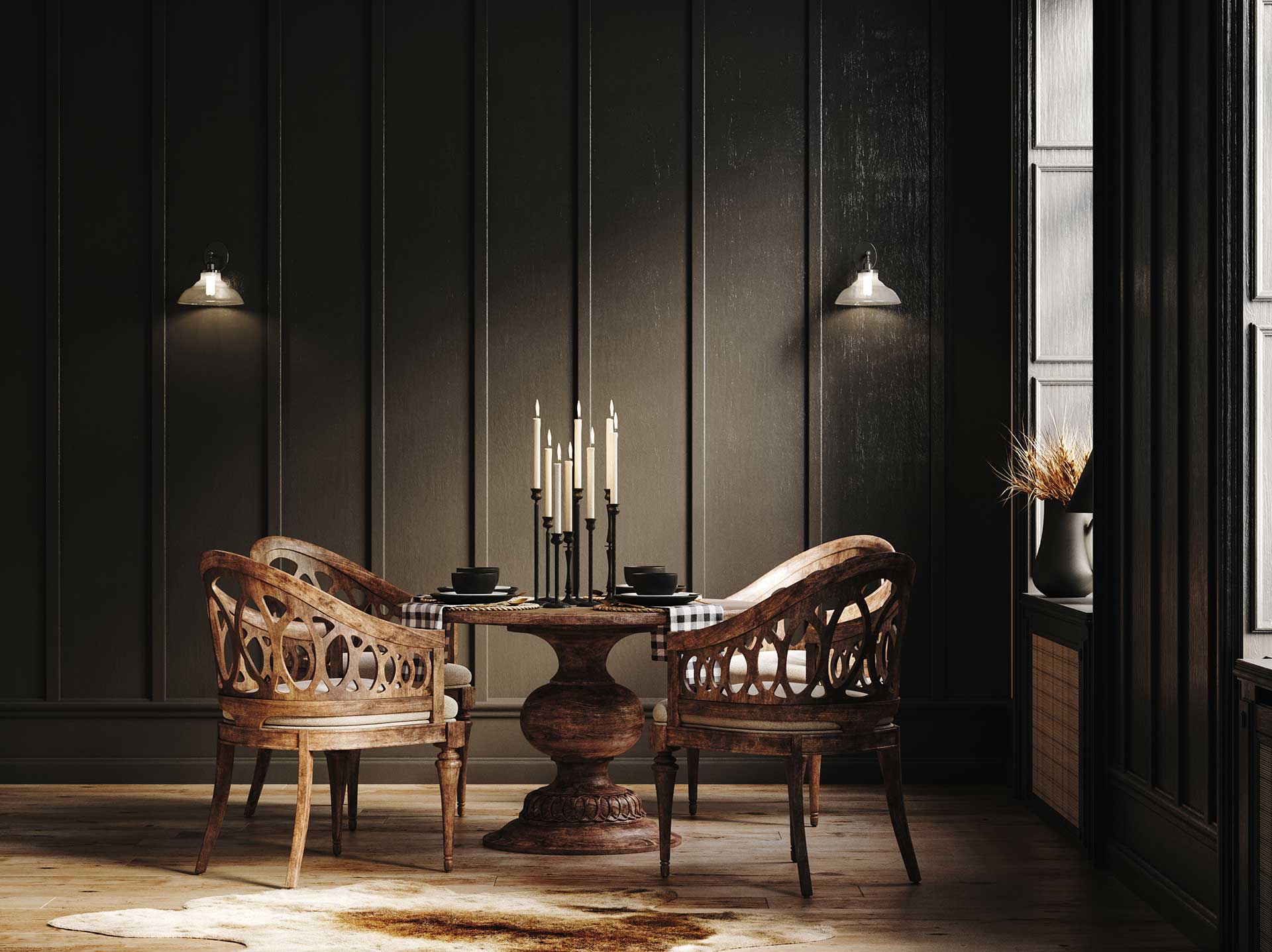
Looking to achieve the perfect Feng Shui interior? Without a doubt, Feng Shui has grown to be a popular concept in interior design. Below is a closer look at Feng Shui principles, what they involve, and how to Feng Shui your interior.
What Is Feng Shui?
Feng Shui, which literally translates to wind and water, is an ancient Chinese practice that involves arranging items within a space to support Chi (energy) flow. In other words, using the basic principles of Feng Shui in a home’s layout and design helps keep positive energy moving through the home and supports synchronicity with the natural environment. In Chinese culture, wind and water are associated with enhancing life and health for these very reasons.
To achieve Feng Shui design, all five natural elements are taken into account, as well as a pattern referred to as the bagua map and what is referred to as “commanding” positions. These ideas and concepts are used when it comes to placing decor items or arranging furniture in a space.
The 5 Feng Shui Elements and How to Bring Them into Your Home Design
One primary theme in Feng Shui is the balance of all five natural elements, including water, fire, wind, metal, and wood. Each element is said to portray certain important qualities in the decor and support the overall goal of balance with energy.
1. Wood
In Feng Shui, wood stands for vitality, creativity, and growth. This particular element can be added to interior design with things like decor shapes that mimic trees, and patterns that look like leaves. Colors like green and blue are related to this element because they have a resemblance to leaves and flowers.
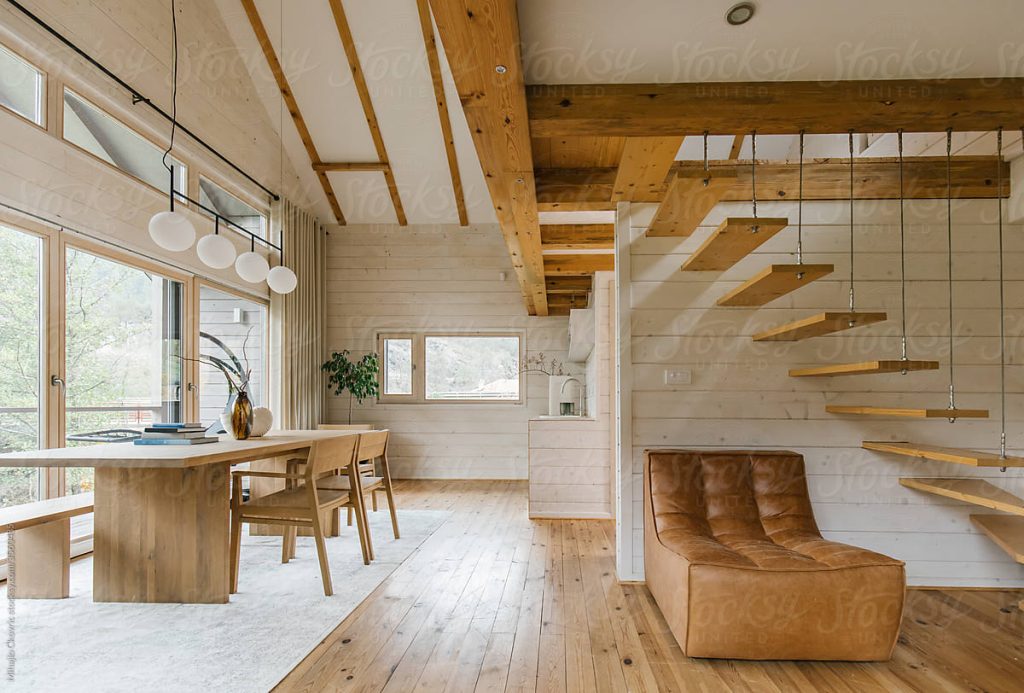
2. Fire
The qualities of fire include transformation, passion, and even enthusiasm. Fire colors are warm, such as red, pink, or bright orange. Therefore, adding the fire element to an interior design may mean adding warm lighting, some brightly colored candles, or implementing items with pointed triangular shapes.

3. Earth

Earth elements are said to offer a room well-being, balance, and stability. Earthen tones of brown and pale yellow are good representations of the earth element, but you can also bring earth into your interior design with certain textures and visuals. For example, a nice landscape painting or a soft sand-colored throw bring the earth element into your design.
4. Water
Wisdom, free-flowing energy, and spirituality are all associated with the element of water. Colors that represent water include cooler tones like dark blue and black. You can bring the water element into a Feng Shui interiorwith things like mirrors, water fountains, or even free-flowing or wavy shapes that appear less solid like water.
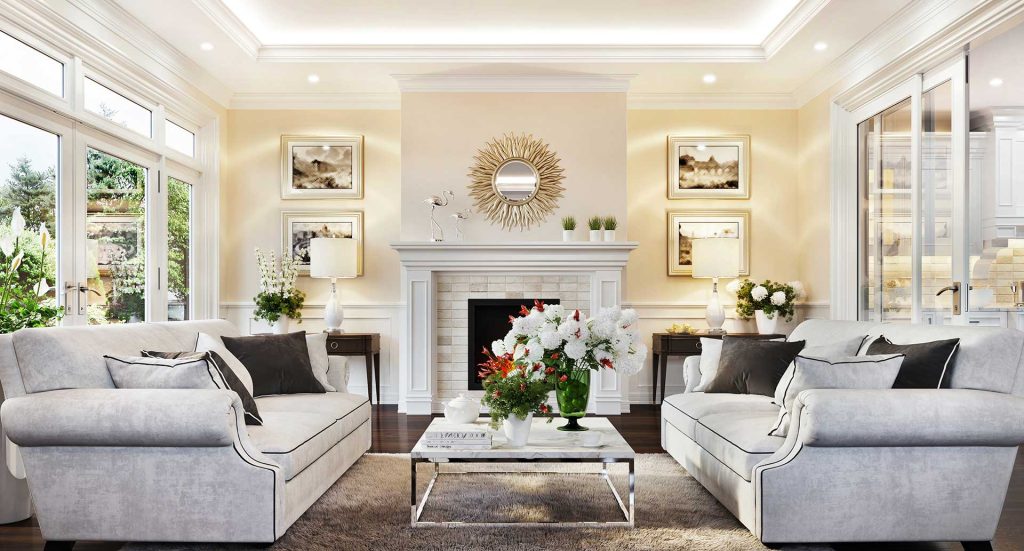
5. Metal
Metal in Feng Shui principles is all about precision, logicality, and efficiency. This can be represented with spherical shapes, the color white, and metallic finishes. For example, you can bring the metal element into a room with a bronze-finished wall piece or a round vase in white.
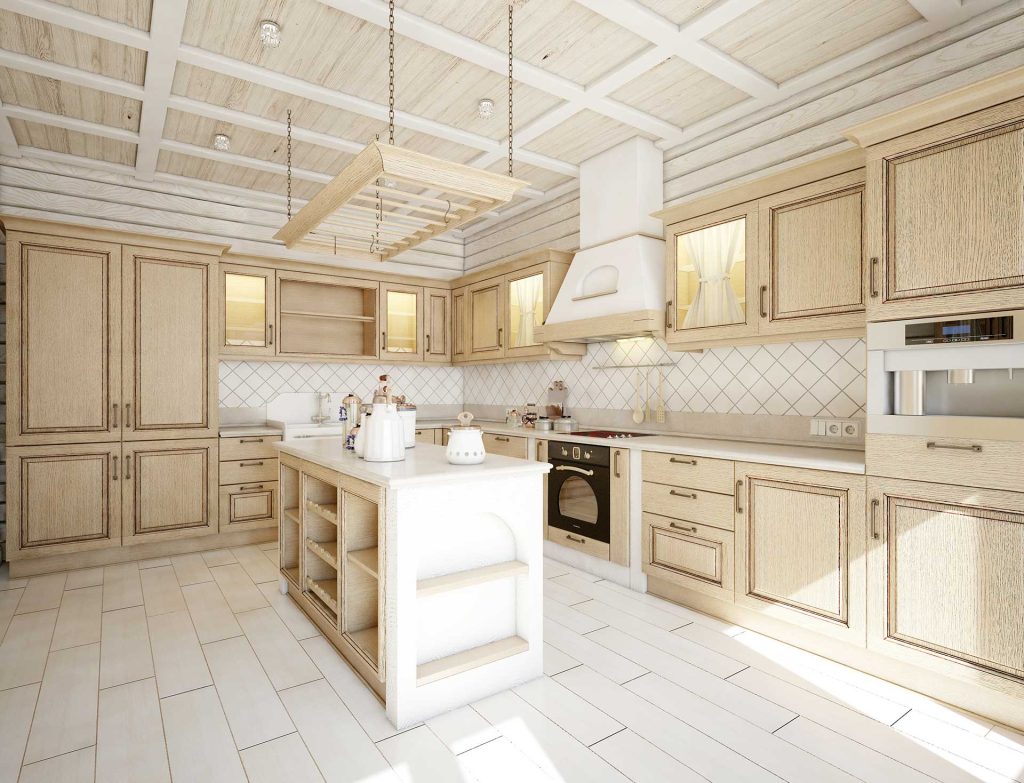
What Is the Bagua Map, and How Do You Use It in Interior Design?
The Bagua map is one of the most used tools in Feng Shui. The map is an eight-section diagram that related to different areas of life, such as:
- Family
- Fame
- Love
- Wealth
- Knowledge
- Career
- Children
The room is designed around these eight key areas, and the ninth or center section is representational of you. Each area of life can be associated with a specific element. For example, family would be associated with the element of wood and love would be related to the element of fire (passion). Therefore, you can use the layout of the Bagua to determine which items should be placed in which key areas of the room.

What Is Trigram in Feng Shui?
Trigrams are the name given to the sections of the Bagua map. Each Feng Shui professional can use trigrams in their own way. Some claim the trigram represents different people in the home or age groups, while others apply the principles more to the standard key areas of life.
What Are Commanding Positions in Feng Shui?
In Feng Shui, the commanding position is the point in the room that sits furthest from the entry point and cannot be directly aligned with the entry. In general terms, the commanding position is where most people should spend the bulk of their time while located in a room. For example, in a bedroom, the commanding position would likely be the bed, so the bed should be placed in the commanding position.
North-Facing vs South-Facing Homes
In Feng Shui, north-facing is thought to be a desirable setup for a home, but these directional notations are less to do with geography and position and more to do with which elements of life are most important. If a home is north-facing, this means that the setup is geared toward things like wealth, financial freedom, or luck. By contrast, a south-facing home is geared toward things like romantic success.
A Look at Popular Feng Shui Symbols
There are a lot of Feng Shui symbols some people choose to work into their interior design. Each symbol can come along with its own energy or meaning to the overall interior. A few examples of Feng Shui symbols include:
- Feng Shui frog – Wealth
- The Chi Lin – Loyalty and protection
- Feng Shui Bat – Prosperity
- Turtle – Guardianship and protection
- Feng Shui Mystic Knot – Good fortune and long life
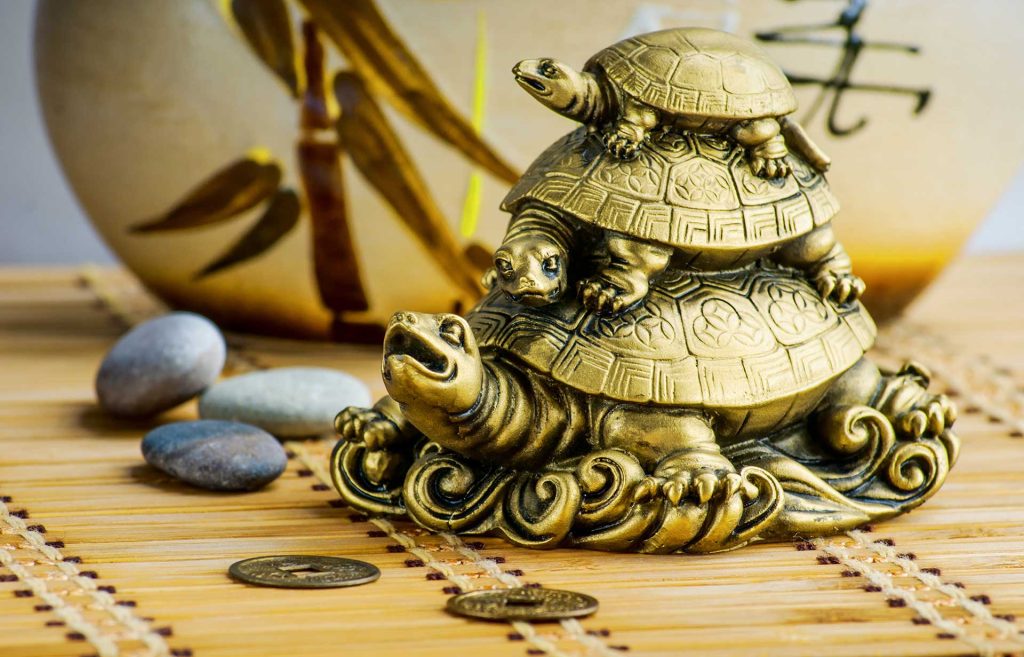
Other Feng Shui Home Design Tips – Good Energy Room by Room
Designing Your Kitchen in the Feng Shui Way
According to Feng Shui principles, the kitchen should actually be positioned in the back of the house, but you can attract positive chi to the space in other ways as well. For example, there should be no dead space between the top of the cabinets and the ceiling, and the stove should not be side by side with the skink. Metal and wood finishes in the kitchen are also said to strengthen the room and support the family.
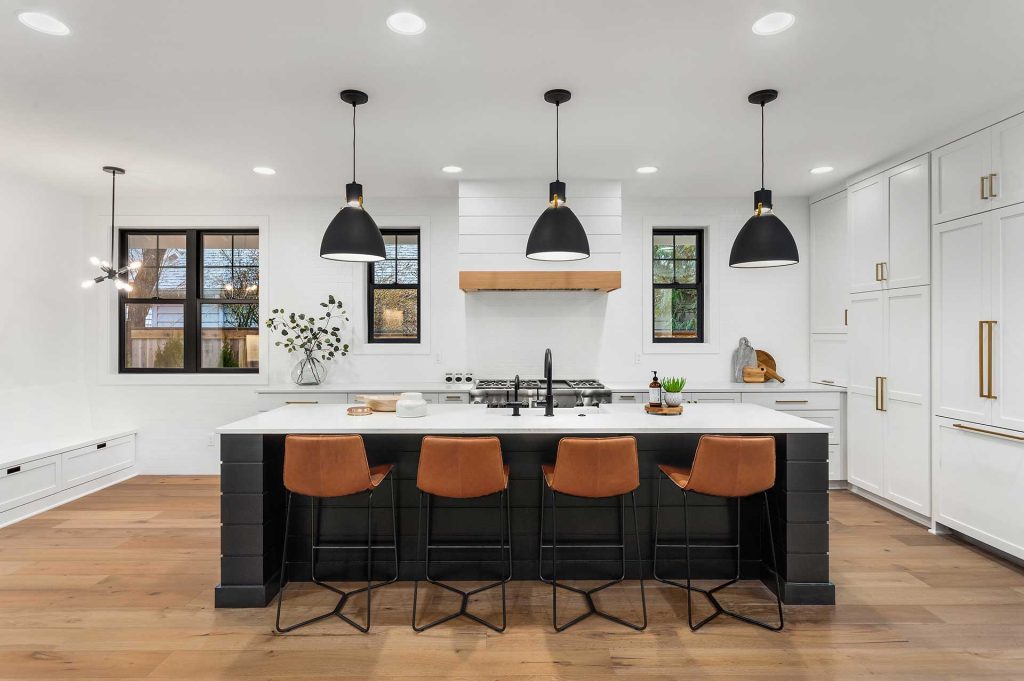
Arranging a Feng Shui Bedroom
The Feng Shui bedroom is primarily designed in a way that gives the bed the commanding position. However, this is just the beginning—the bed needs a headboard, soft edges are usually a must, and certain natural elements are almost always recommended.

Feng Shui Living Room Tips
The Feng Shui living room tends to be uncluttered and open to allow free movement. The commanding position in the living room typically goes to the sofa, which should ideally be placed facing the main entryway
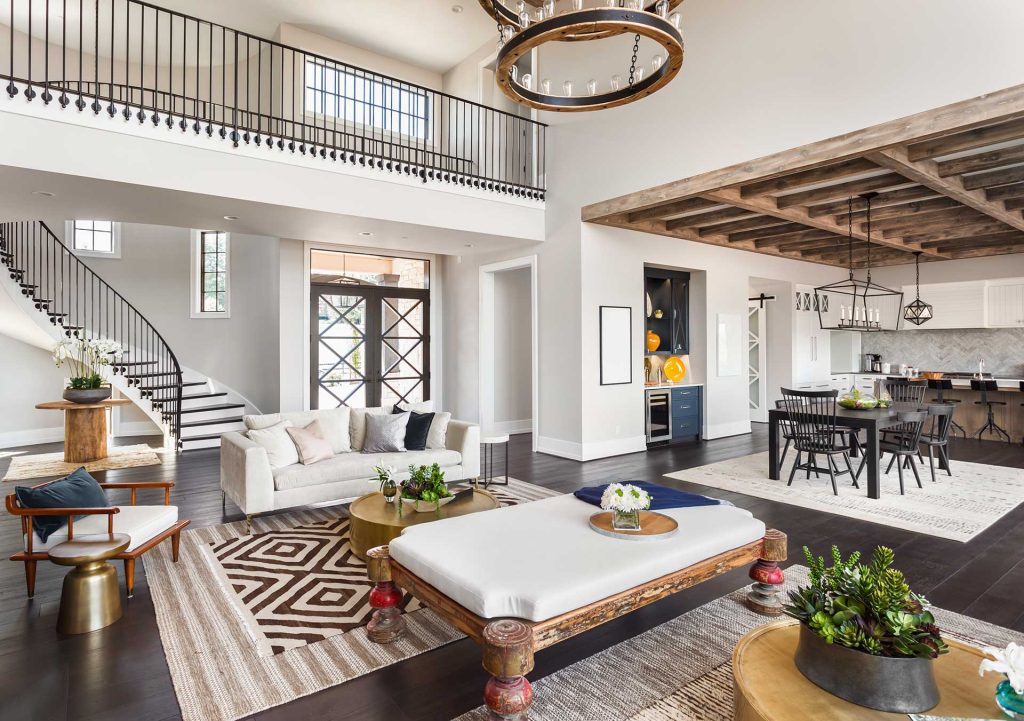
Final Thoughts on Feng Shui Interiors
Whether you are all about integrating Feng Shui into your home interior or not, achieving the ideal setup is definitely important. Looking to remodel your home with Feng Shui in mind? Be sure to reach out to the team at Oasis Builders to discuss your design ideas.